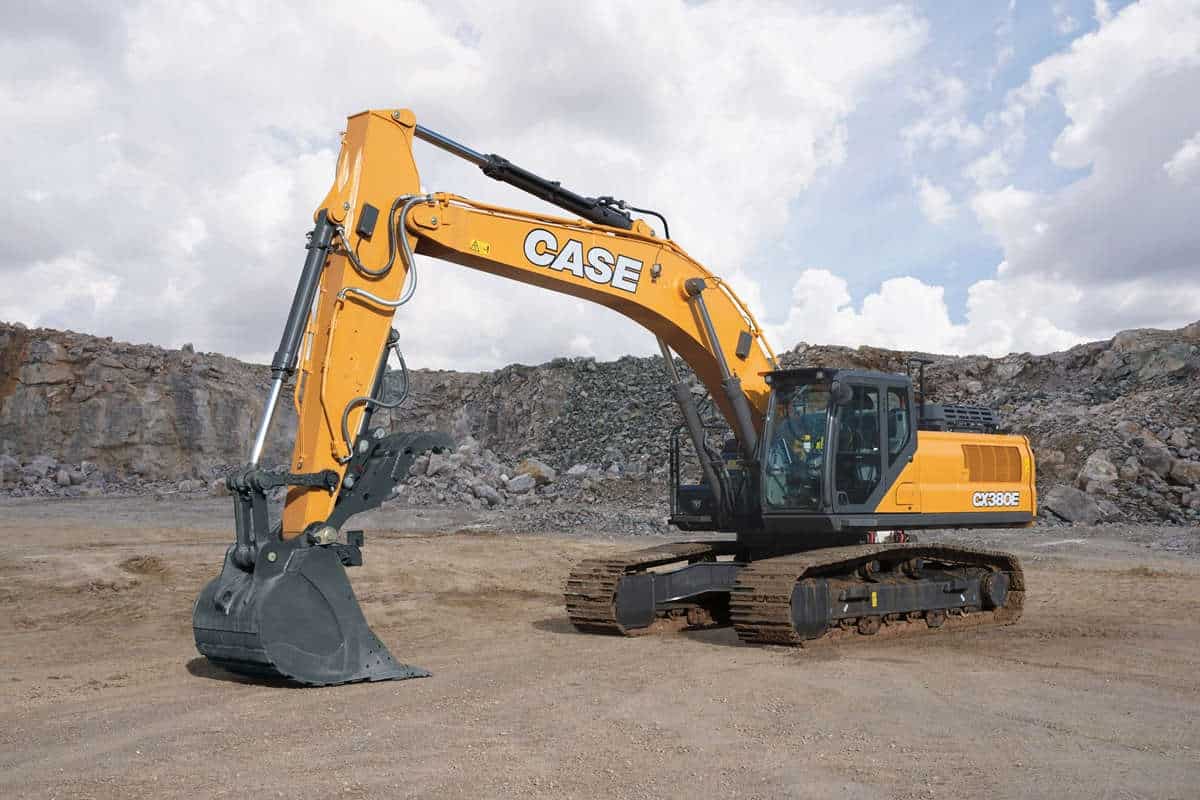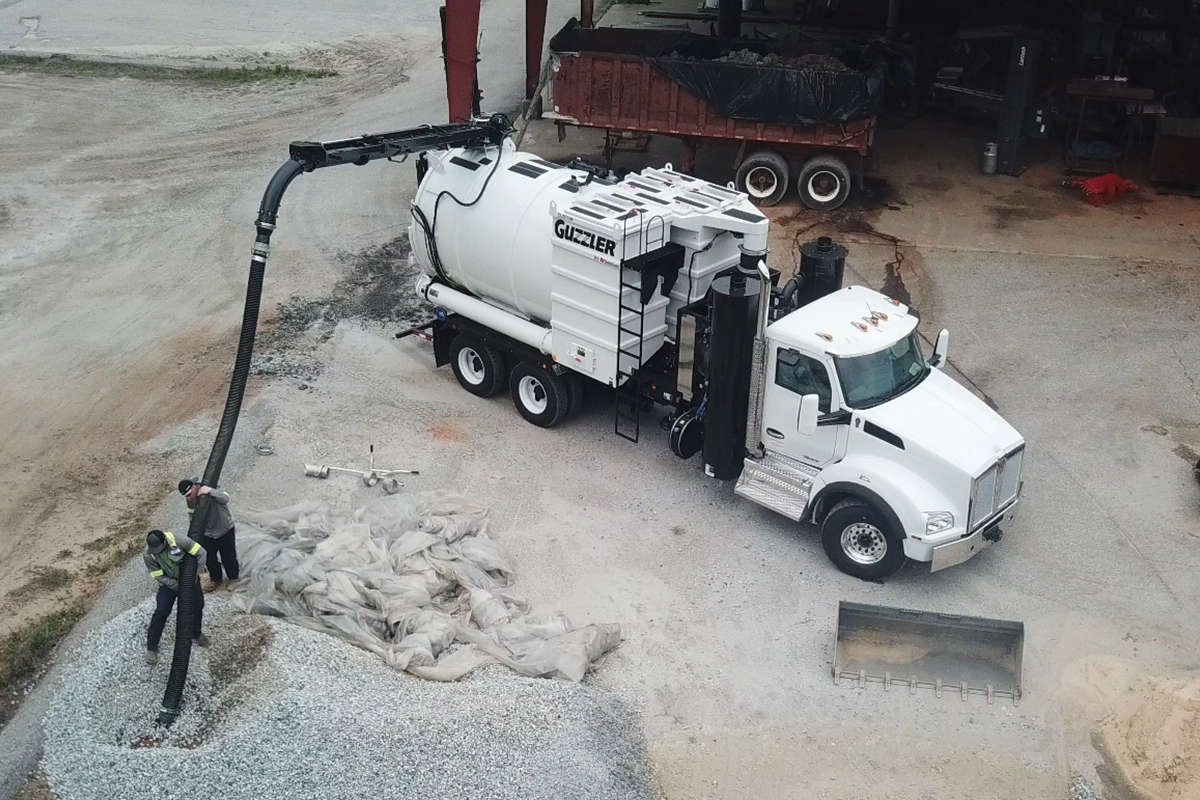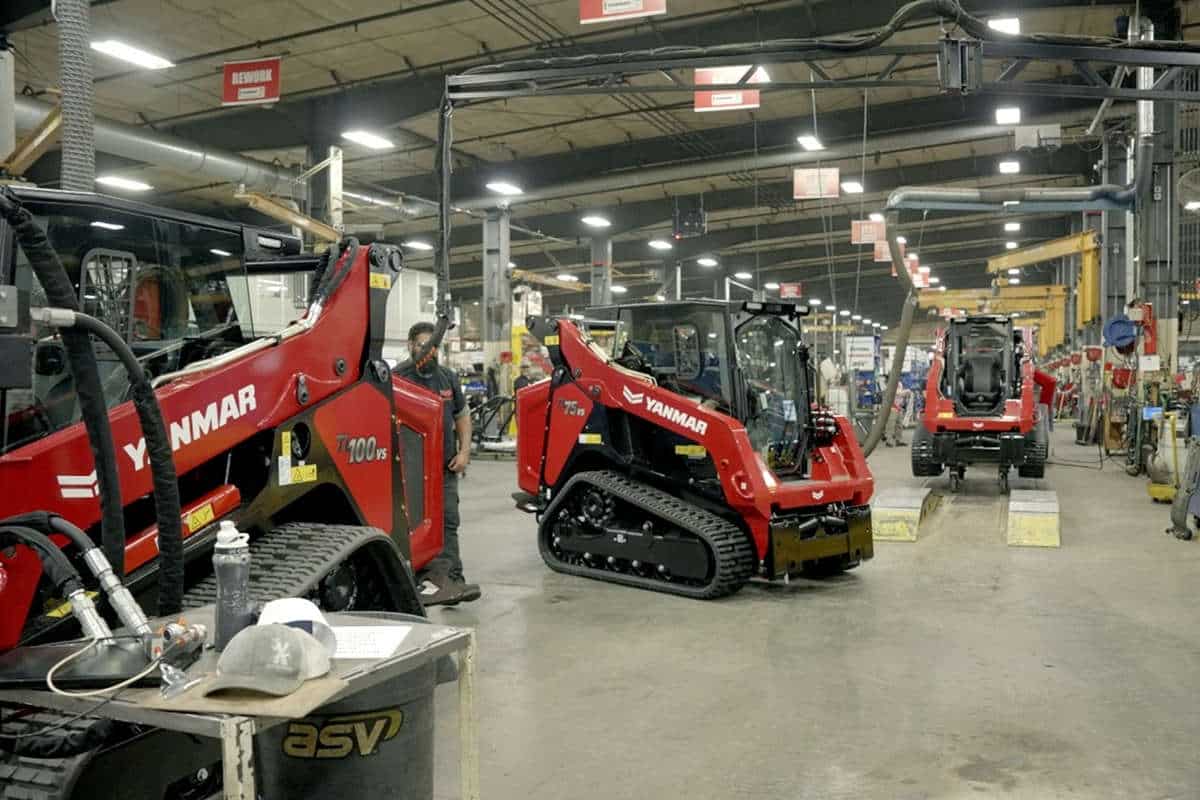How to Decide When It’s Best to Buy, Lease or Rent
Time is money, and to maximize time on the jobsite, utility contractors depend on having the right equipment when and where it’s needed. To accomplish that goal, contractors have to make the right decisions about how they acquire each piece of equipment in their fleet.
Construction equipment is one the largest expenditures on the books for utility contractors — usually just behind employee wages and benefits. And how a company manages its equipment expenditures can have a dramatic impact on cash flow and profit. The decision to buy, lease or rent construction equipment is typically made based on utilization, but there are several other factors to consider in the process, such as the need for customized features and brand preference.
According to Terex Regional Sales Manager Jonathan Ferguson, the decision to buy, lease or rent equipment needs to be evaluated on each piece of equipment and reviewed on a regular basis. “As companies grow and evolve with new service offerings, they have to determine the most cost-effective and efficient ways to get a job done,” he explains.
For most utility contractors, no two jobs are exactly alike, which makes the decision between buying, renting and leasing a bit of a moving target. Each method has advantages and disadvantages, and the decision will indeed vary depending on the type of equipment and jobsite.
Why Buy?
With today’s low interest rates, buying is likely the lowest out-of-pocket option for utility contractors, but this option may not produce the best return on investment.
“To determine if purchasing equipment is the right decision, a contractor needs to estimate the utilization rate for a machine,” says Ferguson. “If it will be used between 65 to 75 percent of the time year-round, then buying is the best choice. Most utility contractors will not achieve those levels of utilization with every machine in their fleet.”
Other reasons to consider buying equipment need to be carefully evaluated too. “Many contractors have a brand preference or want a specific machine model with extra options,” explains Ferguson. “We sell a lot of our Terex R070T compact track loaders equipped with turf tracks to utility contractors. The compact size and the extra flotation provided by the turf tracks help reduce cleanup and post-utility work. However, many rental stores do not stock such a customized setup. Contractors with those types of preferences usually plan to hang onto machines for awhile, which will make up for low utilization rates further down the road.”
Buying equipment does have advantages. The first one is how it helps reduce an organization’s tax obligations through asset depreciation. Insurance, repairs, taxes and interest can be written off at tax time. Buying builds equity, which is why it’s important to buy a machine with a high resale value.
Of course, there are a few drawbacks to be taken into consideration before buying a piece of equipment. Financing a purchase will tie up capital costs that could be reinvested in other areas of the business and could help spur faster business growth. Buying is a larger financial obligation than renting or leasing, and usually it requires a down payment that could put a strain on small business’ cash flow. Parts, service, insurance, transportation and storage expenses must also be considered.

Construction equipment is one the largest expenditures on the books for utility contractors, and how a company manages its equipment expenditures can have a dramatic impact on cash flow and profit.
Why Lease?
“The most popular lease options for construction equipment are three-year/3,000-hours and five-year/5,000-hours,” says Ferguson. “If a utility contractor isn’t using a machine that many hours per year, leasing typically doesn’t make sense. The exception is larger companies that use leasing to help them do a more effective job of managing the cycle for replacing equipment. They will always be operating new machines, which will reduce downtime and help minimize maintenance and repair expenses.”
For utility contractors that do lease, Ferguson encourages them to look into an extended warranty. “It will help reduce any unplanned expenses and help the company better manage its finances,” he adds.
Demand for leasing has been down in recent years. With low interest rates on equipment purchases and competitive rental rates on compact equipment, leasing usually only makes sense for larger or specialty machines that rental stores do not stock, or for companies that have high utilization rates but would like to always have the latest equipment models.
Many financial institutions offer flexible payment terms to contractors, allowing them to make payments during busy times and then reduce or eliminate payments during the slow part of the year. Lease payments are also tax deductible.
Leasing is a good option for utility contractors with credit issues or a company that has not been in business long enough to establish credit. Since less money needs to be financed, most lenders will be more lenient on their requirements. However, leasing usually carries higher interest rates, making the cost of operation higher.
Why Rent?
For equipment that is not used on a daily basis, renting is almost always the best choice. Machines can be rented by the hour, day, month or year, and the rental contract usually covers routine maintenance and transportation expenses, which can significantly reduce the paperwork for busy owner/operators. Renters are also required to carry insurance and are liable for any damage repairs.
To ensure that all of the rental costs are covered by a job, Ferguson recommends that contractors secure rate information from their preferred rental store before bidding on a job. “With renting, a contractor should always be able to get the type and size of machine needed for a particular project,” adds Ferguson. “This rental advantage will create efficiencies and help the contractor control profitability on every job.”
It is also important to find a rental partner that caters to the specific needs of contractors. These locations should carry a wide range of machines and attachments. However, it is unlikely that any of a rental store’s equipment fleet will come with extras like turf tracks or specialty tires. If those types of accessories are important for a utility contractor’s business, buying or leasing are the best bet.
The quality of the equipment in a store’s rental fleet is also important to consider. “Since compact equipment is usually the most utilized machines on the yard, even newer models tend to have high hours and are potentially abused by other renters,” says Ferguson. “That’s why it’s so important to inspect the condition of the equipment before renting it.”
Utility contractors should keep track of how often a type of machine is being rented. For extended periods of time, renting will cost more than buying or leasing. And, extras like attachments will further increase out-of-pocket expenses.
The Right Decision
When it comes to managing equipment expenditures, there is no universally correct answer. Buying, leasing or renting all have advantages and drawbacks, which is why it’s important for utility contractors to regularly evaluate their needs. The right balance will help small and large companies continue to grow and be successful.
Todd Versteeg is a Partner at Signature Style PR + Marketing. Tags: March 2016 Print Issue, Terex





